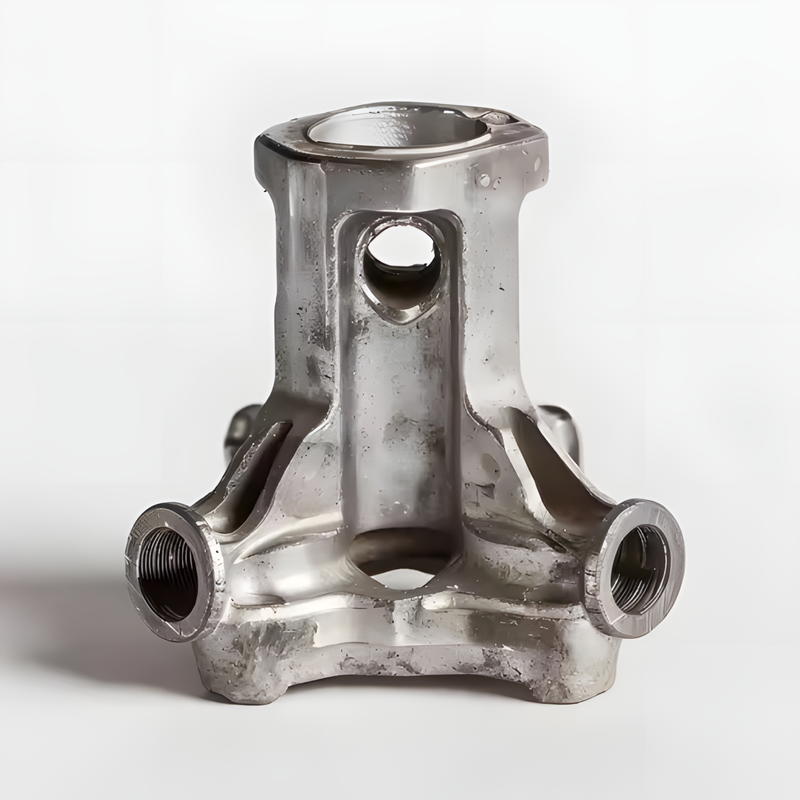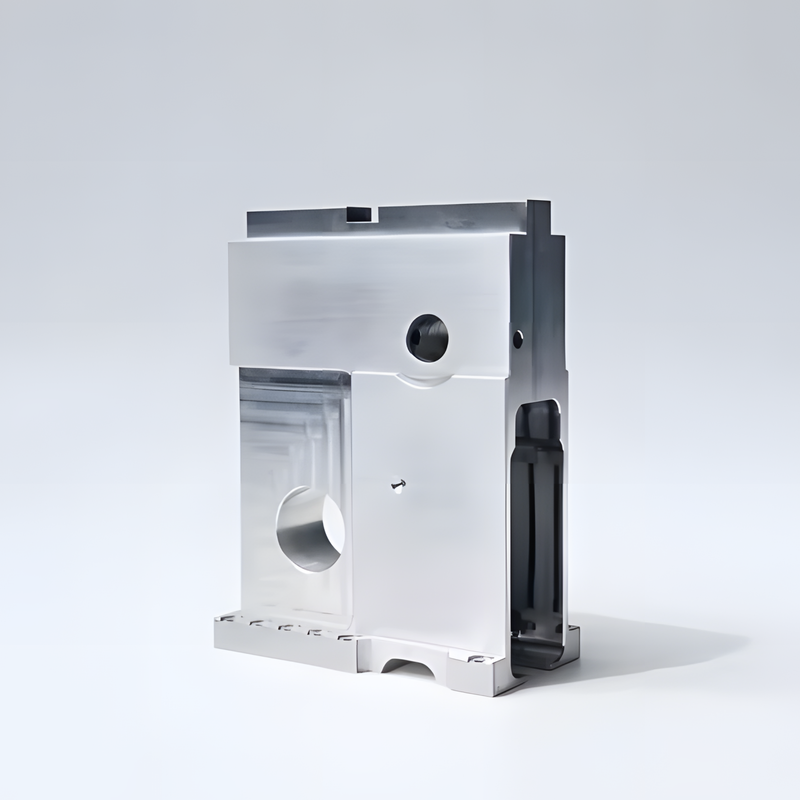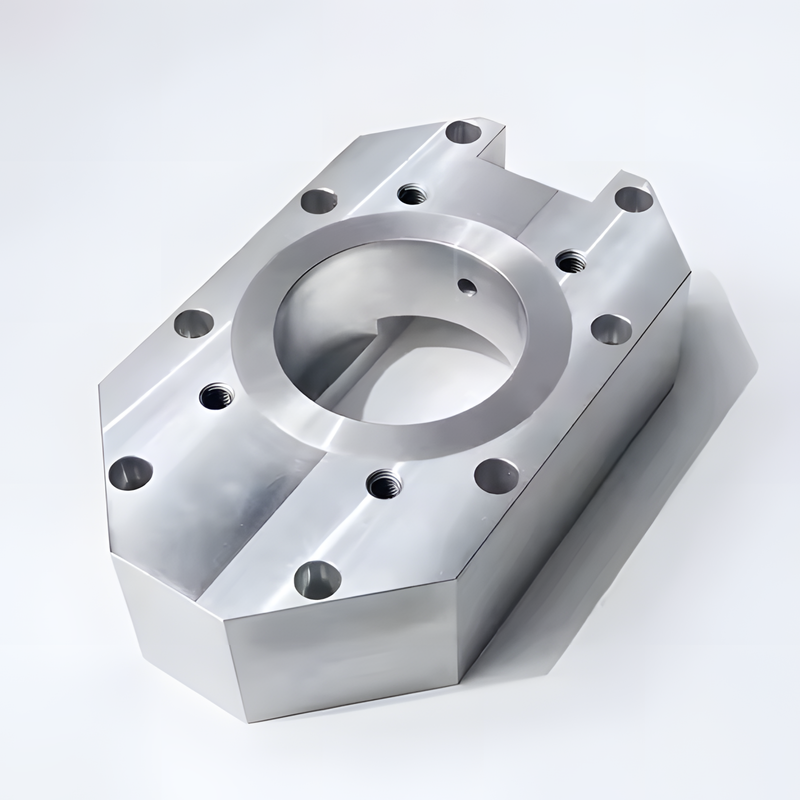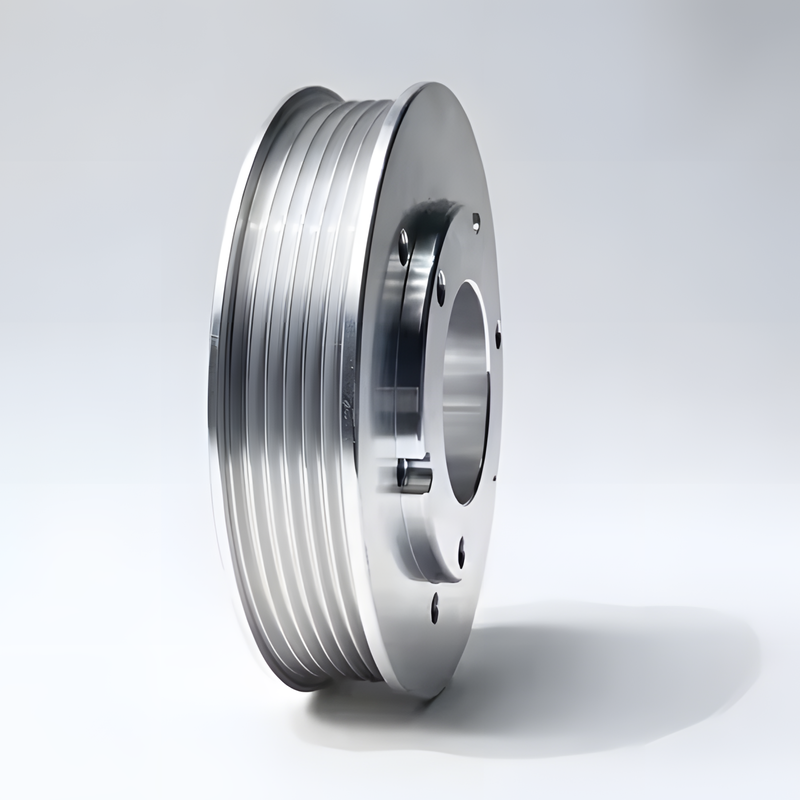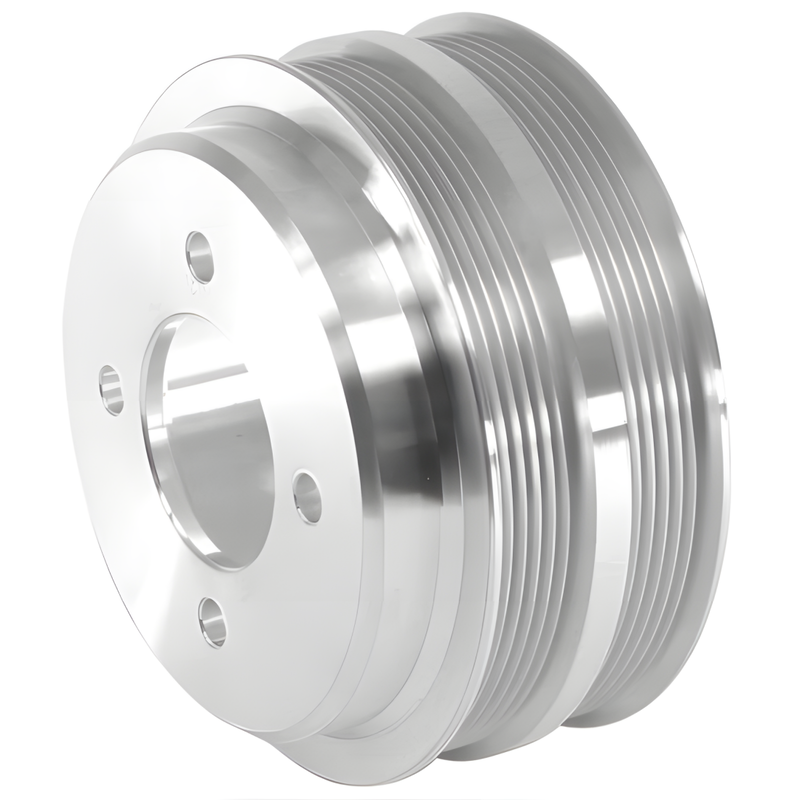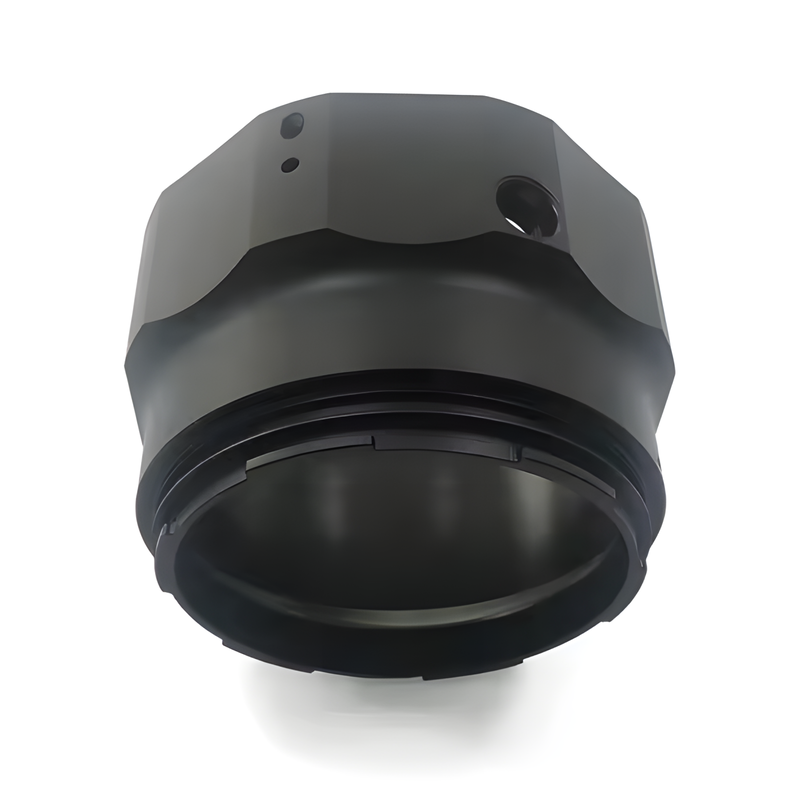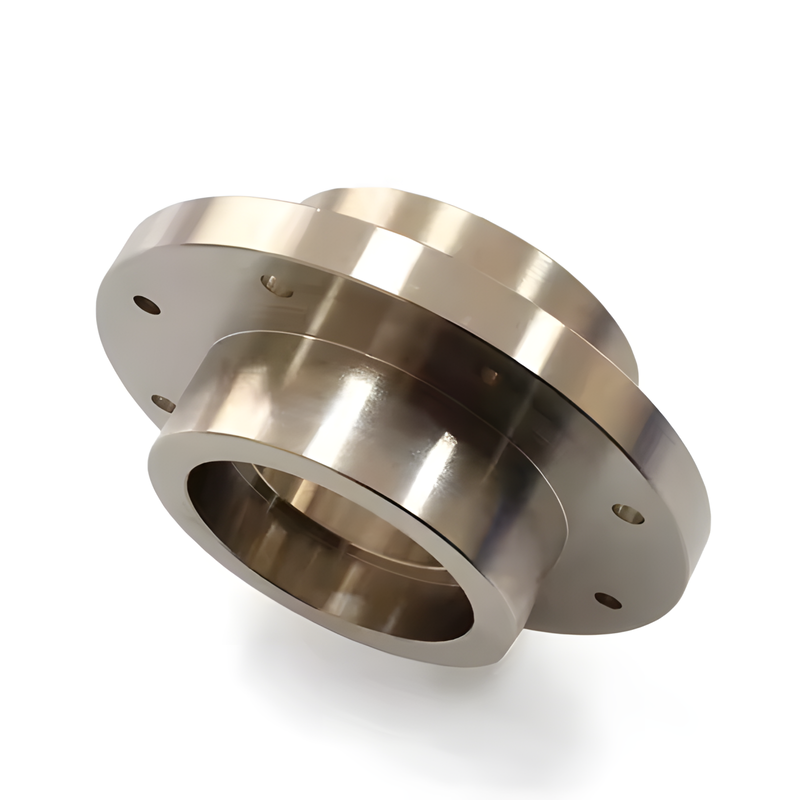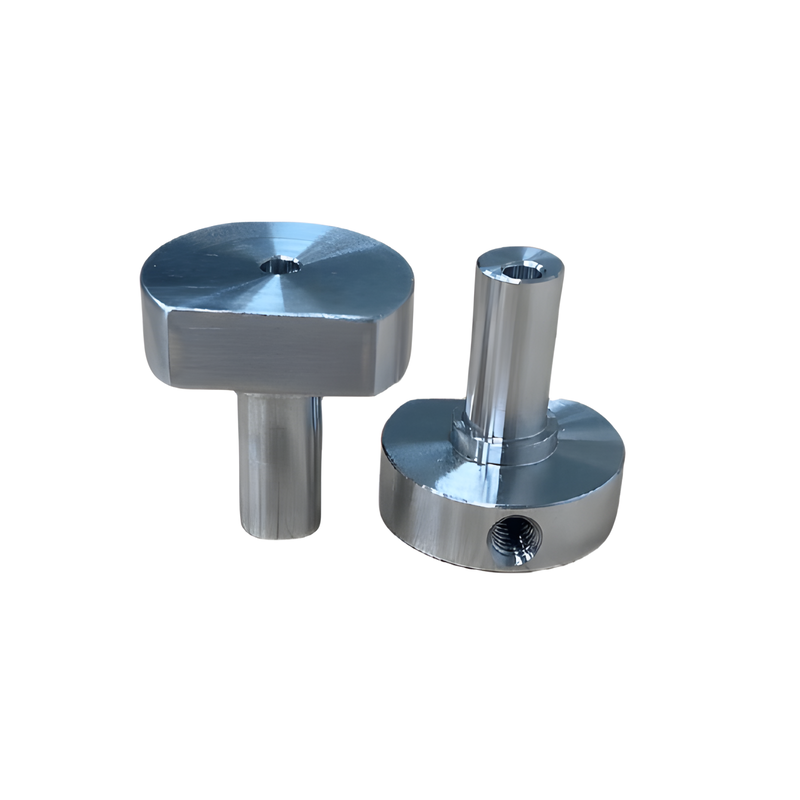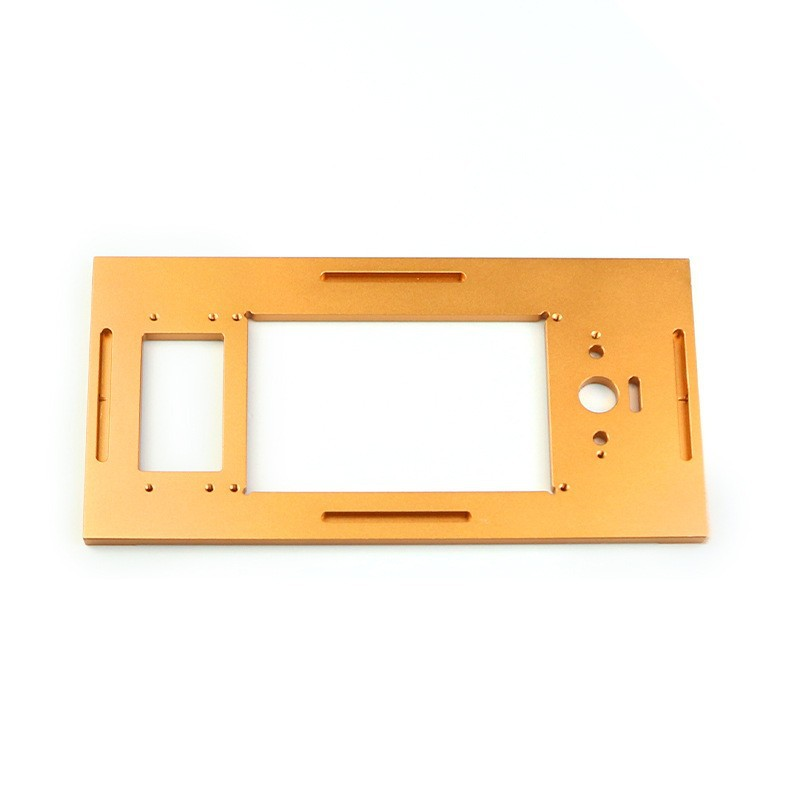Product Description
CNC milling and turning machining parts are precision-engineered components produced using computer-controlled machinery. Milling involves rotating cutters to shape the material, while turning uses a rotating workpiece to create cylindrical forms. These processes ensure high accuracy, fine finishes, and complex geometries. CNC technology allows for automated, repeatable production with tight tolerances. Materials like metals, plastics, and composites are commonly used. CNC milling and turning are ideal for industries requiring precision parts, such as aerospace, automotive, and medical device manufacturing.
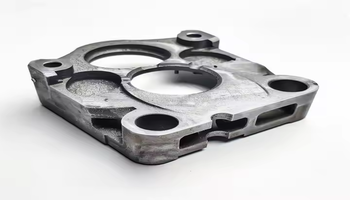
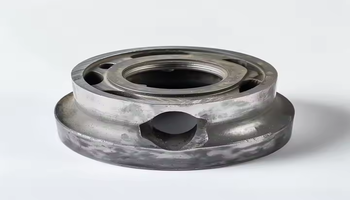
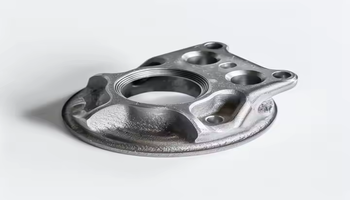
Product parameters
| List | Details |
| Material Capabilities | Aluminum, Brass, Bronze, Copper, Hardened Metals, Precious Metals, Stainless Steel, Steel Alloys |
| Type | Broaching, DRILLING, Etching / Chemical Machining, Laser Machining, Milling, Other Machining Services, Turning, Wire EDM, Rapid Prototyping |
| Model Number | CX |
| Material | Aluminum;steel |
| Equipment | 3/4axis CNC Machining Center |
| Service | OEM & ODM Custom CNC Machining Parts |
| Process | CNC Turning Milling |
| Size | Customized Sizes Acceptable |
Custom Process

1. Send inquiries

2. Drawing or samples

3. Quotation

4. Customer confirmation

5. Places order and pays

6. Mass production

7. Test & packing

8. Shipping & confirmation
Process Type

Honing
is a precision machining process used to improve the surface finish and dimensional accuracy of parts. It involves a honing tool with abrasive stones that rotate and reciprocate on the workpiece. Typically, it is used for cylindrical surfaces such as engine bores. Honing removes small amounts of material to achieve smoother surfaces and tighter tolerances. It is commonly applied in industries like automotive and aerospace. The process also enhances the part's durability and wear resistance.
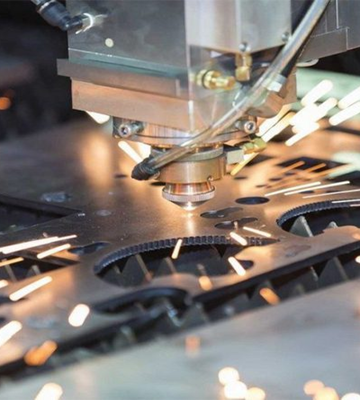
Laser cutting
is a technology that uses a high-powered laser to cut through materials like metal, plastic, and wood. The laser beam melts or vaporizes the material along a precise path. It allows for highly accurate cuts with minimal thermal distortion. This process is used in industries such as automotive, aerospace, and manufacturing. Laser cutting is fast, efficient, and produces clean edges. It can handle complex shapes and intricate designs with ease.
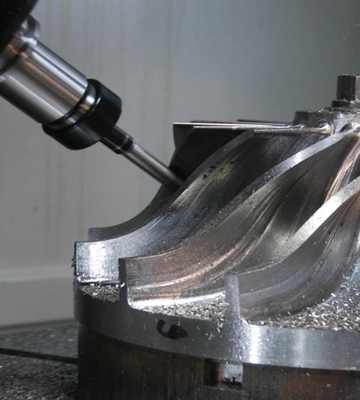
Milling
is a machining process that uses rotary cutters to remove material from a workpiece. The workpiece is fed into the cutter, which rotates at high speeds to shape it into desired forms. It can produce a variety of features like holes, slots, and complex contours. Milling is used on materials like metal, plastic, and wood. There are different types of milling, including horizontal and vertical, depending on the setup. This process is widely used in industries like manufacturing, automotive, and aerospace for precision parts.
Material
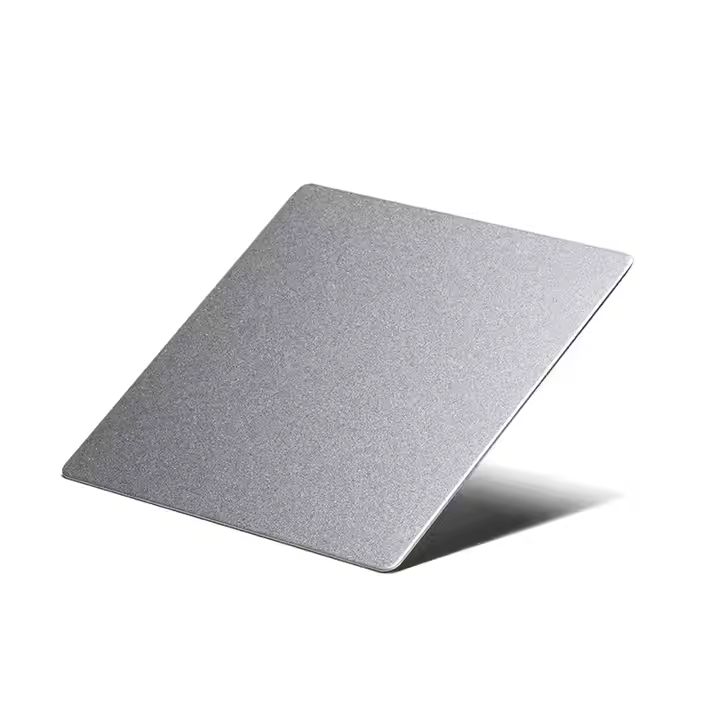
Sliver
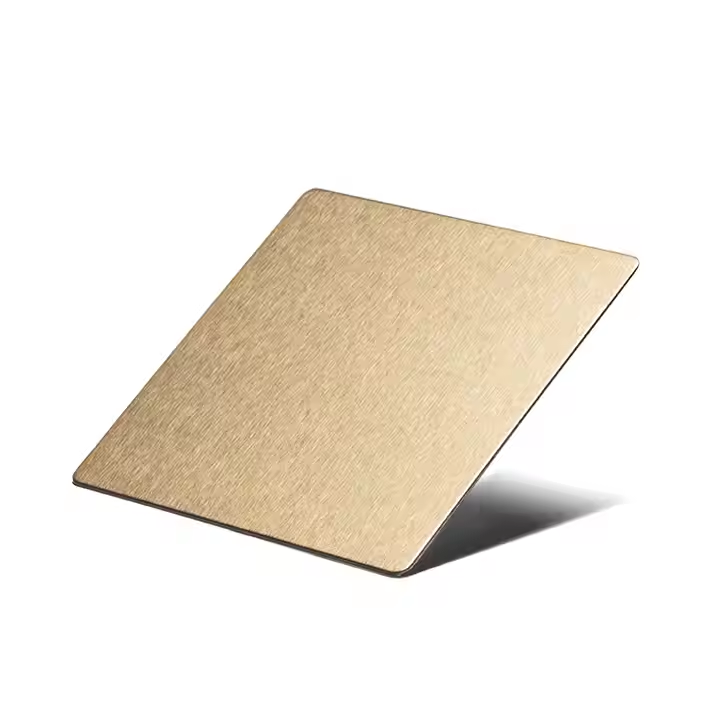
Brass
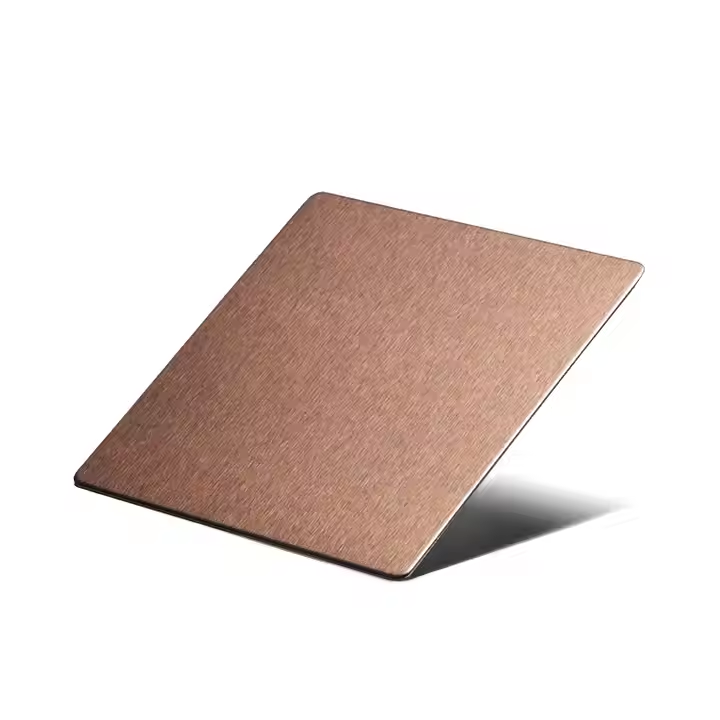
Copper
Quality Control

The quality control (QC) of CNC milling and turning machining parts involves rigorous inspection at each production stage. Parts are measured for dimensional accuracy using tools like calipers, micrometers, and coordinate measuring machines (CMM). Surface finishes are checked to ensure smoothness and meet specified standards. Tolerances are verified to ensure tight specifications are maintained. Regular tool calibration is conducted to avoid errors during machining. Final parts are often subjected to functional testing to ensure they meet performance requirements before delivery.
Processing capability
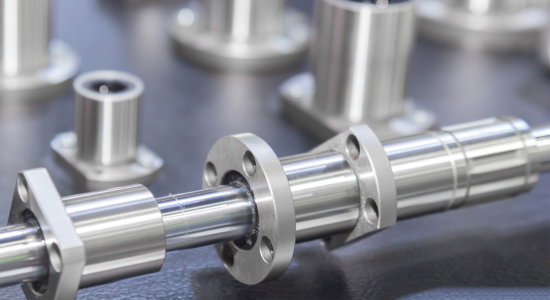
CNC milling and turning machining parts offer high precision, with the ability to produce complex shapes and tight tolerances. These processes can handle a wide range of materials, including metals, plastics, and composites. CNC machines can work on both simple and intricate designs, ensuring consistent quality in mass production. Milling allows for creating detailed features like slots, holes, and contours, while turning is ideal for cylindrical parts. With multi-axis capabilities, CNC machines can produce parts from various angles and orientations. The ability to automate processes ensures faster production and minimal human error.










